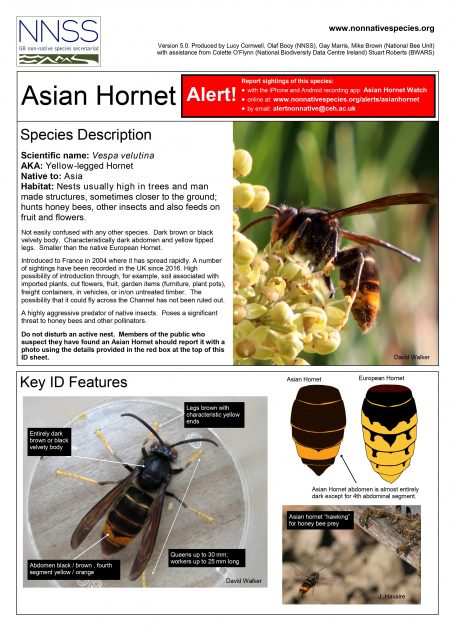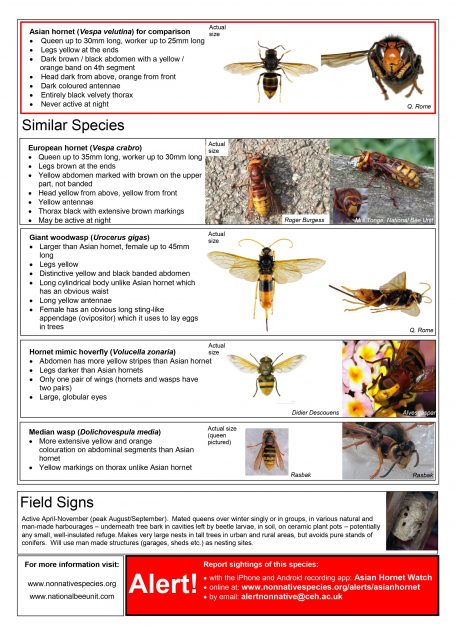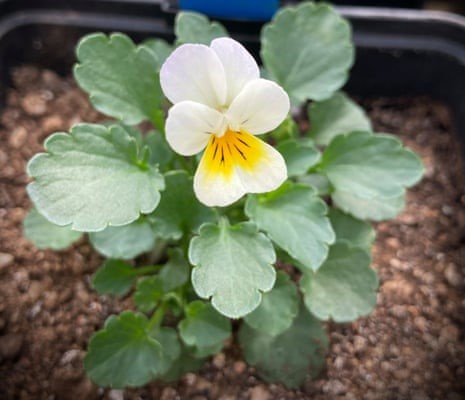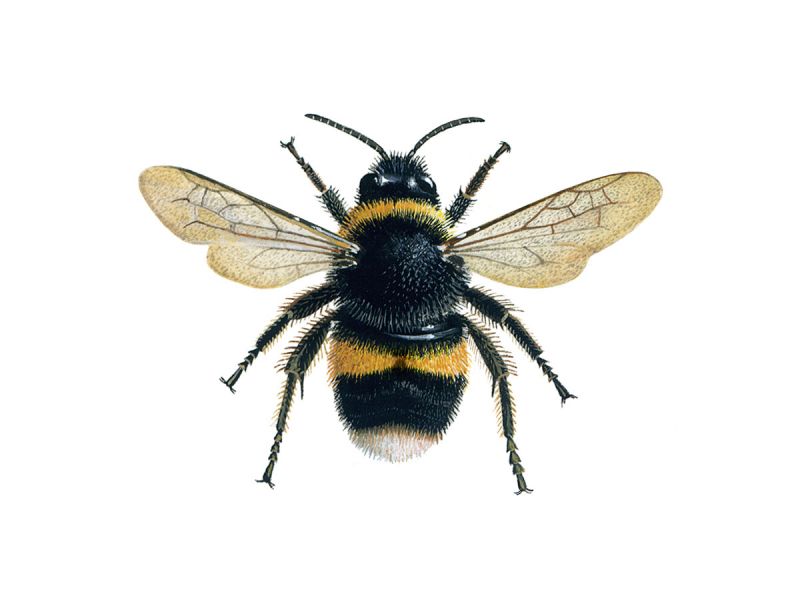Honey bees are starting to ‘stretch their legs’ and venture out. Here’s our bee expert Colin Rees with some advice on how ‘hefting’ and a bit of maintenance can help you get ready for the new season.
At long last we are getting drier weather – somewhat – though it has remained cold for a long time. The most recent milder weather, however, has allowed the bees out of their hives to stretch their legs, void their faeces, collect water to dilute their stores and to appreciate the promise of Spring.
There is a big movement afoot in beekeeping not to feed one’s bees with sugar syrup or fondant and whilst I usually put fondant on the crown board feed-hole for the bees to access if they need it, I have resisted the temptation this year, since the ivy flow last Autumn should have provided them with enough stores to see them through the winter.
I check this from time to time by what is called “hefting” the hive. This is simply a rough and ready indicator of the reserves the bees have in their hive by lifting one side of the hive just ¼” or so off the ground, checking how heavy it feels, then doing the same on the other side of the hive. If the hive feels as if it is “nailed to the floor” then the bees have plenty of stores and don’t need feeding. If, however, you are virtually tipping the hive over because on the stores side or the other is particularly light, it suggests that the stores on that side of the hive have been eaten and feeding might be necessary. The hefting doesn’t disturb the bees at all if it is done carefully and by lifting the hive just clear of the ground, but it allows the beekeeper to decide whether or not any action is necessary without having to open up the hive and risk chilling the bees and any brood that might be present.
So, apart from this checking of stores, there is little else we can do yet with regard to the bees, though there is still plenty to do in terms of maintenance, both of the apiary site and of the equipment which is currently not in use.
Maintain a watch for Asian Hornets
Also, it is the time to look out for Asian Hornets because over-wintered queens will be emerging now or shortly and will be wanting to create a new nest for this year’s colony. Already an Asian Hornet has been spotted in Sussex, though whether this is from a local nest or hitched a lift across the Channel from France is not yet known. I suspect that one or two nests may have escaped our attention at the end of last year on the east coast but time will tell. Please, therefore, keep your eyes peeled for any unusual insects that resemble the following, and report it as described in the red section below.


Some other startling news – flowers are “giving up on” pollinators and evolving to be less attractive to them as insect numbers decline, researchers have said.
Are pansies leading the way to self-pollination?
A study has found the flowers of field pansies growing near Paris are 10% smaller and produce 20% less nectar than flowers growing in the same fields 20 to 30 years ago.

They are also less frequently visited by insects. The study shows that pansies are evolving to give up on their pollinators. They are evolving towards self-pollination, where each plant reproduces with itself, which works in the short term but may well limit their capacity to adapt to future environmental changes.
Plants produce nectar for insects, and in return insects transport pollen between plants. This mutually beneficial relationship has formed over millions of years of coevolution. But pansies and pollinators may now be stuck in a vicious cycle: plants are producing less nectar and this means there will be less food available to insects, which will in turn accelerate declines.
Insect and honey yields decline
Insect declines have been reported by studies across Europe. One study on German nature reserves found that from 1989 to 2016 the overall weight of insects caught in traps fell by 75%. Results show that the effects of pollinator declines are not easily reversible, because plants have already started to change. Conservation measures are therefore urgently needed to halt and reverse pollinator declines.
Also, honey yields in the U.S. have been declining since the 1990s, with honey producers and scientists unsure why, but a new study by Penn State researchers has uncovered clues in the mystery of the missing honey. The study found that changes in honey yields over time were connected to herbicide application and land use, such as fewer land conservation programs that support pollinators. Annual weather anomalies also contributed to changes in yields.
Overall, researchers found that climate conditions and soil productivity — the ability of soil to support crops based on its physical, chemical and biological properties — were some of the most important factors in estimating honey yields. Honey bees in both warm and cool regions produced higher honey yields when they had productive soils.
Beekeepers face up to the new challenges
So, all in all, this is going to be quite a challenge for beekeepers world-wide – and here’s me teaching students about beekeeping! The thing is, when I started beekeeping, Varroa hadn’t been found at that time in Cornwall. It is here now and we’ve all adapted in different ways to its potential threat. The same goes for Asian Hornet, should it become established in the UK. Beekeepers have done so in France and the craft continues. We are always facing new challenges in all walks of life and we find ways to overcome them as we have in the past. It is this, partly, which makes beekeeping such a fascinating and interesting hobby for us.
Don’t worry, your honey and the bees will be safe in our hands!
Colin Rees 07939 971104 01872 501313 colinbeeman@aol.com

